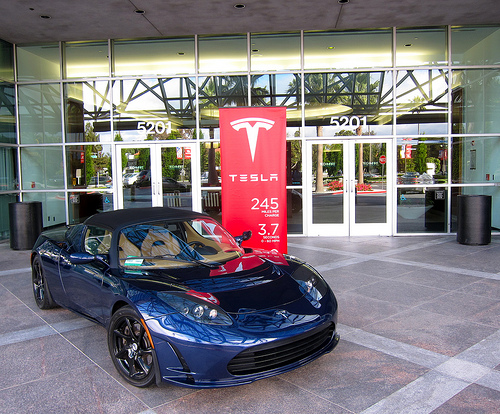 Author: John King, Quacera
Author: John King, Quacera
Covestor model: QPM Radar
Disclosure: none
Let’s begin with a few statistics.
Hyperinflation is generally defined as occurring when the inflation rate hits 50% in one month. This definition comes from the work of American economist Philip Cagan in his 1956 study of monetary systems and from Milton Friedman’s theory of money.
Inflation in every case stems from deficit spending and is generally begun purposely to eliminate debt that government has itself created. As an example, after WWII the U.S. had war and depression related debt of 147% of GDP. By 1981, the level had been reduced to 40% and was primarily brought about by defrauding the T-Bond holders who saw interest rates of 1.78% on the 20 year in 1946 rise into the mid-teens by the end of the period. Bond prices, we remind you, fall when interest rates rise. The rate of inflation was also in the teens by the time Mr. Volker restored sanity, but the instability in the economy had already done tremendous damage.
When very high inflation begins, it generally stimulates increases in asset prices.
The reason is simple. Money starts losing buying power quickly, people feel this and instinctively initiate methods to protect their savings from erosion. Thus, they buy things. If government fiscal policy continues in deficit mode, then prices accelerate and wage earners begin to demand raises to offset their higher cost of living. As the problem grows, many people begin to substitute other currencies for the domestic brand. This spreads until the government intervenes with controls and taxes designed to penalize alternatives. This doesn’t work, so authorities enact other draconian policies that extinguish whatever is left of their credibility. Money debasement continues and finally the game is up.
This has happened numerous times throughout history, but the phenomenon of hyperinflation is primarily of recent vintage. Of the 30 hyperinflations recorded in history, only one transpired prior to 1914, during the French revolution when the paper “Assignats” were created by the French National Assembly. To be sure, there have been many eras of very high inflation that are similar in texture to our ‘hyper’ definition but this appellation stems from the extreme nature of the vortex into which the economies are driven.
Money printing in order to finance government deficits is the cause in every case, abetted by the technology that allows increases in the stock of fiat money via massive credit creation. The real trigger or tipping point seems to occur at about the time that the government begins to panic. It cannot print money fast enough to catch up with price increases so the “real” money stock declines. The authorities find themselves trapped between the pain of reversing policy, with the risk of losing votes or worse while stimulating riots and the growing certainty that the policy will collapse the economy. Government pronouncements seek to assure the populace that all is well but the price surges ruin its authority. The country submerges into a “debt trap” as well, because as interest rates rise above economic growth rates, interest on the debt compounds faster than GDP thus increasing the amount of interest paid on the debt as a portion of tax revenues forcing greater increases in bond issuance and even larger deficits. It becomes a vicious spiral that eventually takes on a life of its own.
The beginning of the hyper phase initially creates winners and losers. Those on fixed pensions or who cannot raise their incomes find it especially hard at first. Unions or those workers who can more easily increase their pay suffer less. In addition, creditors suffer as fixed debts are paid off in cheaper currency. As the inflation escalates, most or all mortgages and other debts get paid off. Unemployment falls as demand for goods also increases but the joy is short lived because wages fail to keep up with devaluation so workers begin to demand faster hikes over shorter time periods. Lending ceases altogether unless the borrower can repay in a foreign currency or other asset class. Stock prices make dramatic up moves as well but only relative to the domestic currency. Stocks still lose value compared to stable currencies or precious metals.
In desperation, governments resort to all sorts of taxes and penalties to counter the flight of capital. These never work either, and tax revenues fall further and further behind the price curve until they no longer matter. Shortages in supplies of essential goods begin to appear and chaos ensues. Eventually the economy collapses into a depression after having wiped out most of the nation’s wealth.
To recap, for hyperinflation we need:
- Central bank financing massive fiscal deficits
- Loss of government credibility
- Debt service costs above 10% of tax revenue
- Currency substitution
- Decline in the amount of real money
- Prices rising faster than GDP
- Interest rates greater than GDP growth
All of the above have not been present in all hyperinflations, but if a majority emerge, the end is nigh. The U.S.A. is not currently the worst in this sphere. The Japanese, Euros and Brits are all farther along the path. Who, if any, goes first is becoming a new parlor game.



